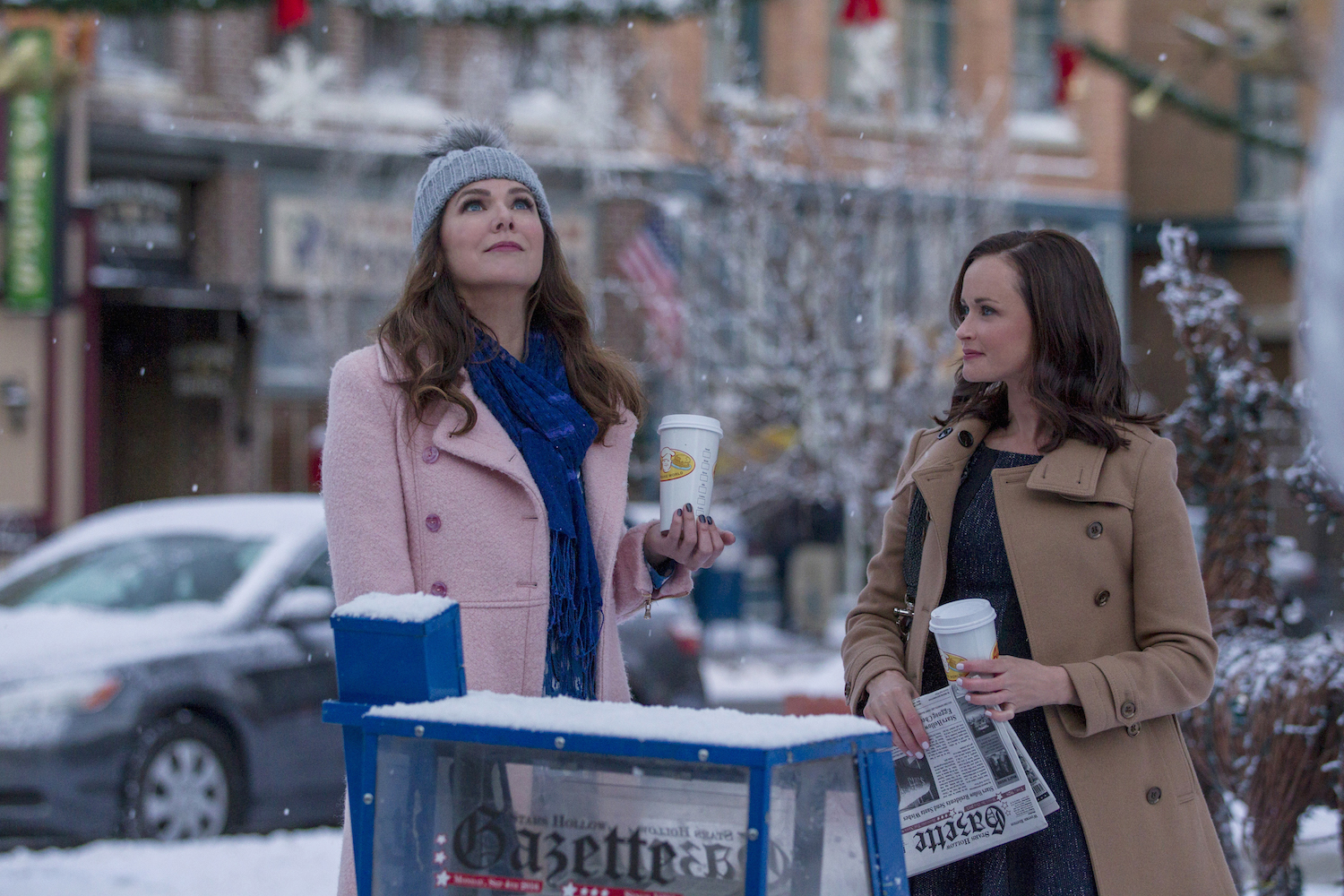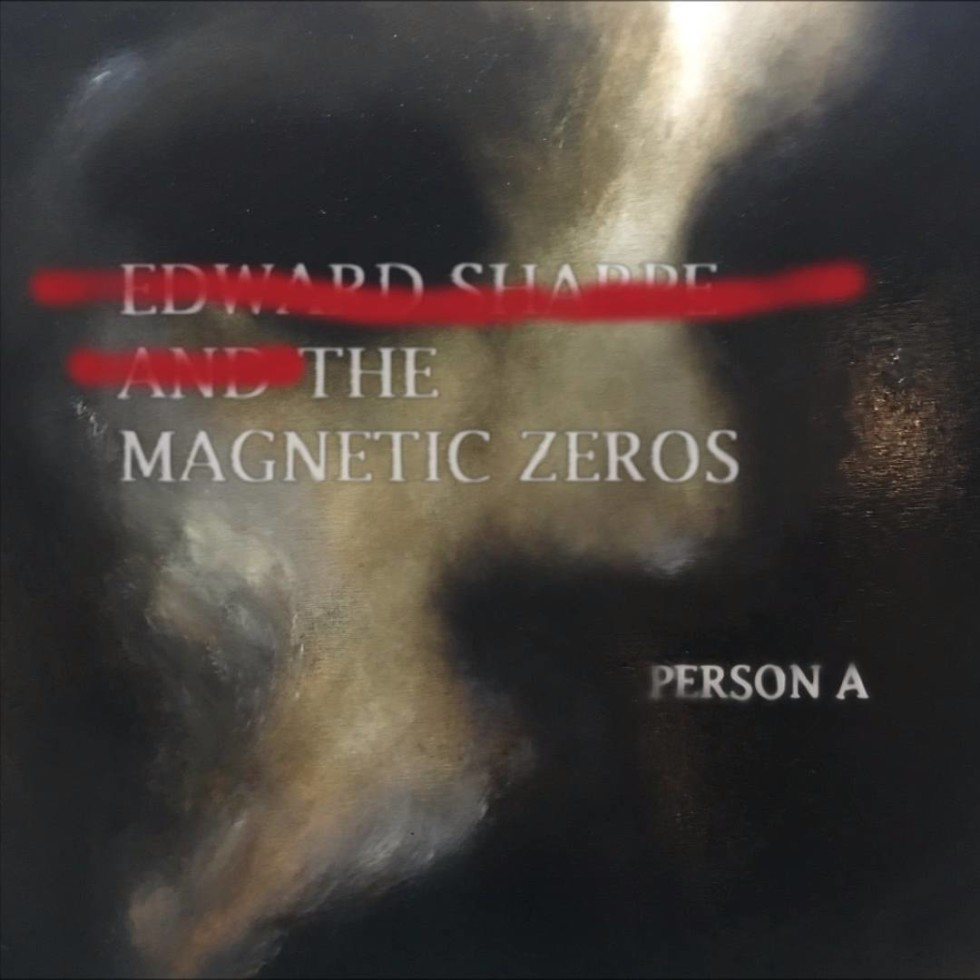Category: Reviews
October 18, 2024
Columns, Stories In Focus, Reviews
Harry Potter and the Prisoner of Azkaban
Written by: Caleb Tiedemann (’25) With the autumn season in full swing, there is no better time to rewatch that…
November 27, 2017
News, Campus, Stories In Focus, Reviews, Stories In Focus
Party Of 3: Introducing Drive-In
Middle school is usually a time that most of us like to forget about, but not for Lars Erik Ljungholm…
November 27, 2017
Stories In Focus, Reviews, Stories In Focus
Humor Shines in Thor: Ragnarok
If you are a fan of Chris Hemsworth’s long, golden locks, then his newest movie might be a little bit…
October 24, 2017
Stories In Focus, Reviews, Stories In Focus
Facing Forward, Looking Back
If you’re anything like me, you hear the name of Miley Cyrus and cringe a little bit. When her name…
September 29, 2017
Stories In Focus, Reviews, Stories In Focus
In Review // Ten Songs Turn Ten
Life is moving fast, so fast we are forgetting how much time has elapsed. That’s why it’s always fun to…
April 11, 2017
Stories In Focus, Reviews, Stories In Focus
Review // Film Festival 2017
Our annual Film Fest is a time to grab your best friends, put on something your parents won’t let you…

December 08, 2016
Stories In Focus, Reviews, Stories In Focus
TV Review // Gilmore Girls: A Year in the Life
When the television series Gilmore Girls appeared in its entirety on Netflix in October 2014, fans new and old were…

November 04, 2016
Stories In Focus, Reviews, Stories In Focus
Review // PersonA Reveals New Persona for Edward Sharpe and the Magnetic Zeros
With the departure of one of their lead singers, Jade Castrinos, in 2014, the sound and image of Edward Sharpe…
October 20, 2016
Stories In Focus, Reviews, Stories In Focus
Review // SPOT (Mostly) On
Fall SPOT is as much a part of Houghton culture as are lanky white boys playing the acoustic guitar, so…
October 07, 2016
Stories In Focus, Reviews, Stories In Focus
Where Antelope Roam // A Book Reviewed and an Author Revered
A book review ought to start, more than likely, with the book. But my review can’t begin there. It begins…
